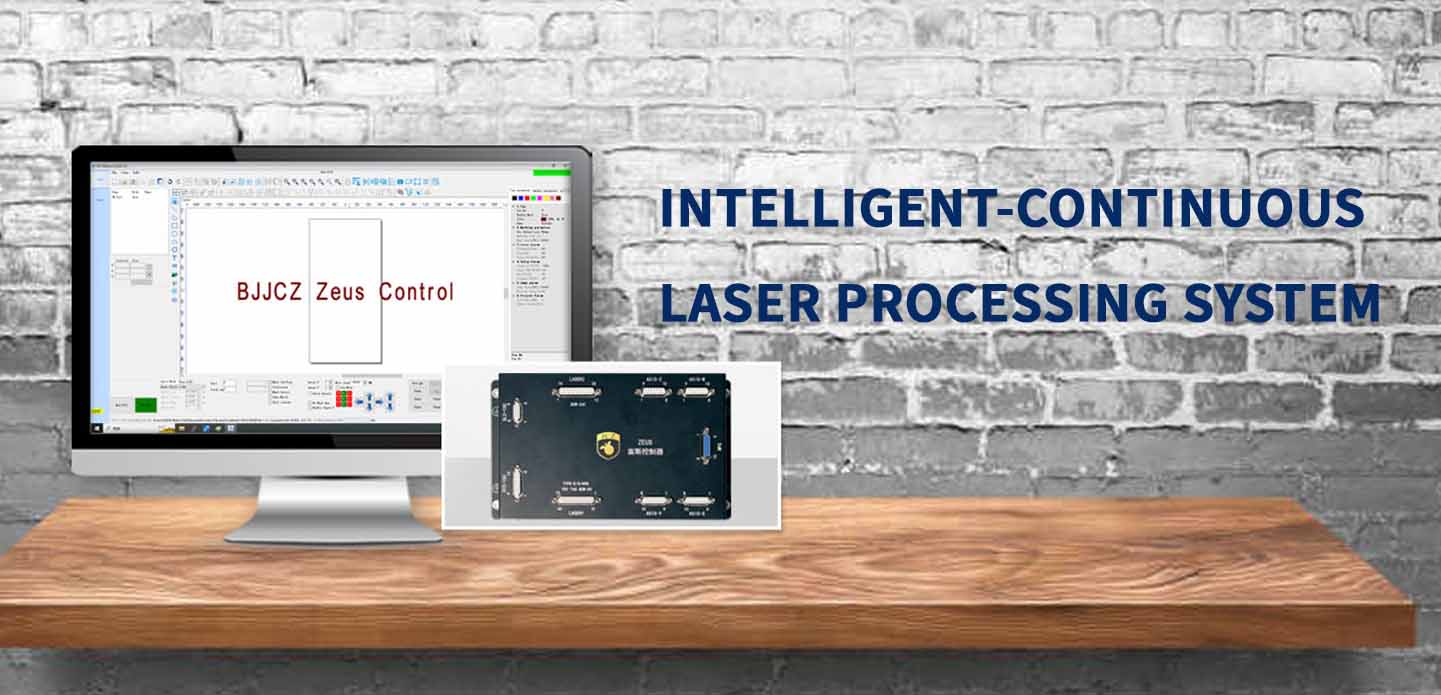The field of laser technology has seen exponential growth and innovation over the last few decades. Among the various types of lasers available, pulse lasers stand out for their unique ability to emit energy in short bursts or pulses. This remarkable feature allows them to deliver high-intensity energy over very brief periods, making them valuable tools across various industries—from medical applications to industrial manufacturing and even entertainment.
What is Pulse Laser Technology?
Pulse lasers generate laser light in a series of pulses, typically lasting from femtoseconds (10^-15 seconds) to nanoseconds (10^-9 seconds). Unlike continuous-wave lasers, which emit a constant beam of light, pulse lasers can concentrate energy into very short bursts, resulting in extremely high peak power. This characteristic not only allows for precision and control but also facilitates applications that would otherwise be impractical or impossible with continuous-wave systems.
Medical Applications of Pulse Lasers
One of the most prominent uses of pulse lasers is in the field of medicine. These lasers are utilized in various surgical procedures, including those for ophthalmology, dermatology, and dental applications. In ophthalmology, for instance, pulse lasers are employed for procedures like LASIK eye surgery. The laser’s precision enables surgeons to reshape the cornea with minimal damage to surrounding tissues, resulting in quicker recovery times and improved outcomes for patients.
In dermatology, pulse lasers are used for skin resurfacing and the treatment of pigmented lesions, vascular lesions, and acne scars. The selective targeting of specific skin structures minimizes collateral damage and stimulates collagen production, enhancing the overall skin texture and appearance. Additionally, pulsed dye lasers have emerged as an effective treatment option for port wine stains and other vascular anomalies.
Industrial Applications of Pulse Lasers
Pulse lasers have also made a significant impact in industrial applications. Laser cutting and engraving have gained immense popularity due to their speed and precision. Pulse lasers are particularly effective in cutting through materials such as metals, plastics, and ceramics. The high-energy bursts of these lasers allow for intricate designs and high-quality finishes that traditional cutting methods cannot achieve.
Furthermore, in the field of manufacturing, pulse lasers play a crucial role in additive manufacturing, or 3D printing. They enable the sintering of powdered materials layer by layer, which makes it possible to create complex structures with enhanced mechanical properties. Applications span across industries, from aerospace to automotive manufacturing, where lightweight and durable components can be produced efficiently.
Another industrial application is in the area of laser marking, where pulse lasers are used for precise marking of barcodes, serial numbers, and logos on various products. The ability to produce high-contrast, permanent markings without damaging the underlying material is a considerable advantage in quality control and brand protection.
Advancements and Future Potential
The future of pulse laser technology appears promising, burgeoning with potential advancements that could reshape numerous sectors. Research is ongoing into improving the efficiency and effectiveness of pulse lasers, with the hope of creating even shorter pulses that increase peak power and precision. Innovations in solid-state lasers, fiber lasers, and ultrafast laser systems are paving the way for new applications in scientific research, telecommunications, and other fields.
Quantum technology is another exciting frontier where pulse lasers could play a pivotal role. Their ability to manipulate and interact with quantum systems may lead to breakthroughs in quantum computing and communication, enhancing data security and processing power.
Conclusion
As pulse laser technology continues to evolve, it will likely lead to enhanced applications across various domains. From revolutionizing surgical procedures in healthcare to streamlining production processes in manufacturing, the adaptability and precision of pulse lasers signify their indispensable role in shaping a more efficient and effective future. Understanding and harnessing the capabilities of pulse lasers will be key to unlocking further innovations, making it a compelling area for researchers, engineers, and entrepreneurs alike.
由用户投稿整理稿件发布,不代表本站观点及立场,仅供交流学习之用,如涉及版权等问题,请随时联系我们(yangmei@bjjcz.com),我们将在第一时间给予处理。






